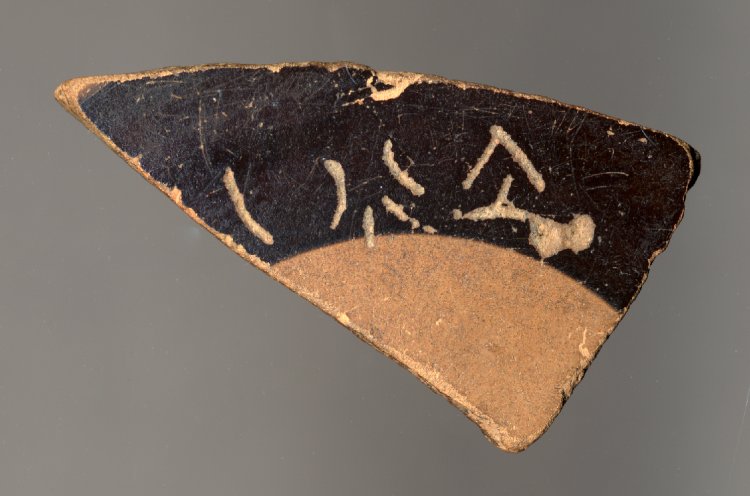It won’t be long now before we advertise the new round of our Visiting Fellowship competition, but in the meantime we have some other news – we are delighted to tell you that we will be welcoming Dr Giorgos Bourogiannis to Cambridge as an externally-funded CREWS Visiting Fellow next term! Read more about his project below.
Giorgos Bourogiannis (National Hellenic Research Foundation, Athens)
 Giorgos is an archaeologist and postdoctoral research associate at the National Hellenic Research Foundation in Athens. Since his PhD (2008) he has worked as a curator for the Naukratis project at the British Museum, Department of Greece and Rome, and has held the A.G. Leventis postdoctoral position at the Museum of Mediterranean and Near Eastern Antiquities (Medelhavsmuseet) in Stockholm, studying the unpublished evidence from the sanctuary of Ayia Irini on Cyprus (you can see a video about his work HERE).
Giorgos is an archaeologist and postdoctoral research associate at the National Hellenic Research Foundation in Athens. Since his PhD (2008) he has worked as a curator for the Naukratis project at the British Museum, Department of Greece and Rome, and has held the A.G. Leventis postdoctoral position at the Museum of Mediterranean and Near Eastern Antiquities (Medelhavsmuseet) in Stockholm, studying the unpublished evidence from the sanctuary of Ayia Irini on Cyprus (you can see a video about his work HERE).
He is currently the principal investigator of the CyCoMed research project (Cypriot Connectivity in the Mediterranean from the Late Bronze Age to the end of the Classical Period), hosted by the National Hellenic Research Foundation, Institute of Historical Research. The project has received funding from the Hellenic Foundation for Research and Innovation (HFRI) and the General Secretariat for Research and Technology (GSRT) under grant agreement no. 481.
CyCoMed studies Cypriot archaeological, textual, and when applicable, numismatic evidence from carefully-selected case studies in the Mediterranean, in order to investigate how Cypriot activity and perhaps presence overseas is reflected by and on material and epigraphic evidence. Giorgos’ other research interests include early writing systems and transmission of the alphabet, archaeology of the Early Iron Age Aegean, trade and cultural interaction in the eastern Mediterranean during the Late Bronze and Early Iron Ages, Phoenician writing and inscriptions, Cypriot archaeology and writing systems of ancient Cyprus.


